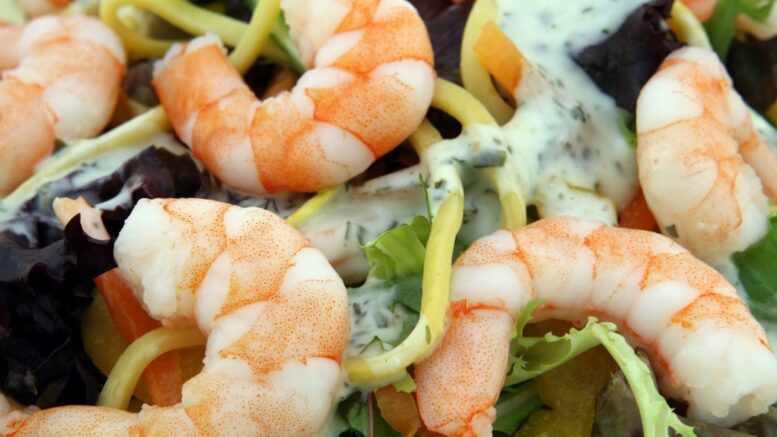When we decide that we are cooking an exotic dish, we tend to go for rare ingredients and forget about the simple things. However, exotic does not necessarily mean complex. Let’s take Spanish cuisine: some may believe that they have to make great efforts just to get the ingredients —but they are wrong. Rice, well-known and easy to get, has a strong presence in Spanish coastal dishes. The quintessential Spanish coastal dish is Seafood Paella, a Valencian staple which has come to represent Spanish culture in restaurants all over the world. Today, you’ll learn how to make it at home.
Spain: land of plenty
It would be impossible to choose only one dish to represent Spanish cuisine because the word that best defines it is “varied”. Still, there are some meals that have de facto earned this spot in international cuisine. The first place goes to Paella, which can be found in two main varieties: the original one made with rabbit and chicken, and the famous seafood paella. However, there are other ten types of Paella or more, which just goes to show that you would never get bored of Spanish food. Of course, Spain has lots of options to offer other than Paella. Let’s explore some qualities of Spanish cuisine!
One of the characteristics has to do with the variety of dishes that result from different combinations of ingredients and techniques. The country’s climatic conditions change not only with seasons but also throughout its different regions, which results in different regions using different ingredients. This is so important to Spanish culture that the emphasis is put there: a dish may have the name of the region where ingredients started to be used. Therefore, there is Paella Valenciana, from the Valencia region, and other varieties cooked in different regions.
A little bit of history
Another aspect that contributes to the variety of ingredients, techniques, and, therefore, dishes, is the influence of colonization processes. Techniques and ingredients were drawn from either the colonizers of and the colonized by Spain. Take rice, for instance: the Muslim took it to Spain in the 8th century, during the Andalusian period. Then, rice started to be cultivated massively in Spain, especially the Valencian region where Paella was born. Also, many of the other ingredients used to make Paella were introduced to Europe through different trade routes of the Silk Road.
The time and place usually linked to the origins of Paella Valenciana is between the 15th and 16th centuries, near Albufera lake in Valencia. Originally made with rabbit and chicken hunted in this region, it was the usual lunch for peasants and shepherds—and today it is mostly eaten during lunchtime. Subsequently, this dish spread into other Spanish regions, and variations were made.
It is not known actually if the seafood paella had its origins at the same time as the paella in the countryside. Historians agree, however, thet the coastal regions were always a rich source of ingredients, so it’s highly probable that fishermen developed this tasty variation. Cooking a good seafood paella requires not only good ingredients (particularly seafood), but detailed attention throughout the cooking process. Keeping this in mind, let’s get down to business!
Seafood Paella
Ingredients
- 2 shallots.
- 2 onions.
- 1 tbsp of saffron in threads.
- 7 oz (200 g) of peas.
- 2 cups of rice.
- 1 tbsp of paprika.
- 1 oz (300 g) of scallops.
- 1 garlic clove.
- 1 green pepper.
- 12 large prawns (or 24 shrimps).
- 2 peeled tomatoes.
- 1 qt (1 l) of vegetable broth.
- 100 g red cherry tomatoes.
- 2 Roasted red peppers.
- 1 oz (300 g) of mussels.
- 12 baby squids.
- 7 oz (200 g) of green beans.
Preparation
- Chop the onions, garlic, and shallots. Sauté in the paella pan with olive oil. Add salt.
- Cut the string beans in pieces, the green bell pepper in cubes and add to the paella.
- Once the vegetables have been sautéed, add the rice and brown it.
- Toast the saffron in a spoon. Dilute with a little broth.
- Season with the paprika and saffron.
- Add broth to cover the rice and add the grated tomatoes.
- Clean the squid, add to the paella along with the scallops and the peeled prawns.
- Add the cherry tomatoes, the peas and the roasted red peppers cut into strips .
- Cook some mussels in a broth with parsley, garlic and white wine and add them to the paella.
